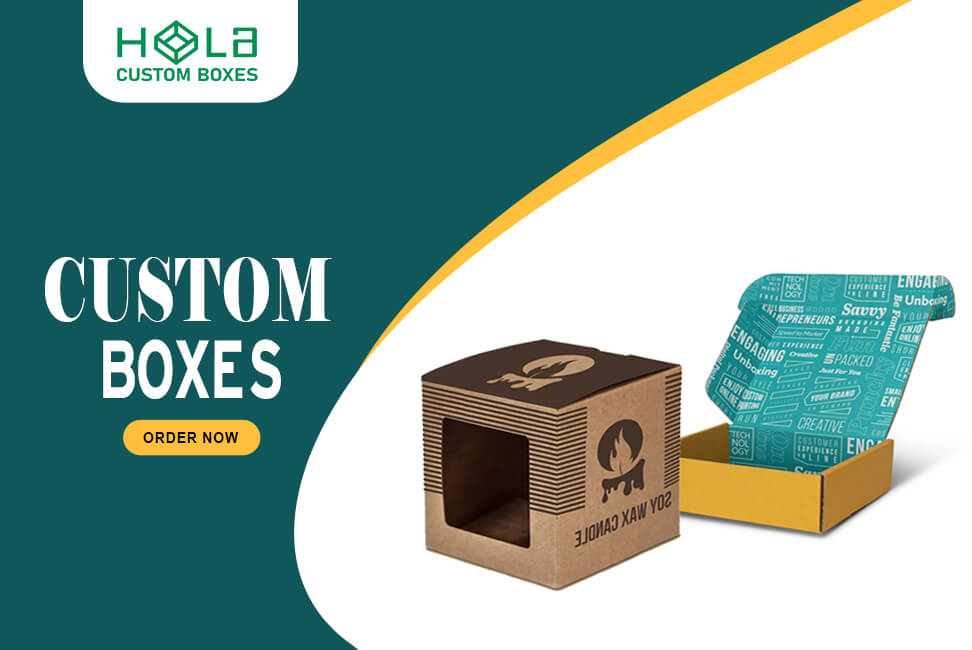4 Aspects of Color Psychology for Effective Custom Packaging
2025-08-04 17:50:27
Color psychology plays an essential role in effective custom packaging, influencing consumer choices and brand perception. Colors evoke emotions; blue instills trust while red ignites passion. Analyzing audience preferences reveals that younger consumers lean towards vibrant hues, whereas older demographics appreciate softer tones.
Building brand recognition involves selecting distinctive colors that resonate with core values and foster loyalty. Ensuring message consistency across packaging strengthens brand identity, allowing a cohesive consumer experience. By understanding these dynamics, your packaging can capture attention and drive sales, setting the stage for a successful brand strategy that unfolds further.
Main Points
- Color choices evoke specific emotional responses, influencing consumer decisions and enhancing product appeal in custom packaging.
- Understanding target demographics helps tailor color schemes that resonate with audience preferences, fostering deeper connections.
- Strategic color application enhances brand recognition, creating distinct associations that align with brand values and identity.
- Consistent color use across packaging materials reinforces brand memory and builds consumer trust over time.
- Monitoring consumer feedback on color choices allows for adjustments that ensure message consistency and alignment with brand personality.
Significance of Color Choices
The significance of color choices in custom packaging lies in their ability to evoke emotional responses and influence consumer decisions, ultimately shaping the perception and appeal of a brand's identity. Color associations play an important role, as different hues can trigger specific feelings; for instance, blue often conveys trust, while red ignites passion.
This emotional impact is a powerful tool in marketing, enabling brands to connect with consumers on a deeper level. Thoughtfully selected colors not only enhance visual appeal but also communicate essential product messages, creating an inviting atmosphere that encourages exploration. As consumers navigate through choices, the right color palette can be the decisive factor that transforms mere interest into tangible purchases, solidifying a brand's presence in a competitive landscape.
Tailoring Color Schemes to Target Demographics
Understanding audience preferences is key to designing color schemes that resonate and enhance brand engagement. By analyzing factors like age, gender, and cultural background, brands can make strategic color choices that align with consumer motivations. Younger demographics often respond to bold, energetic colors that capture attention, while older audiences may prefer more subdued, elegant tones that convey trust and sophistication.
Creating Emotional Connections Through Color
Colors evoke specific emotions, and leveraging these emotional triggers helps brands form deeper, more meaningful connections with their audience. When color choices align with consumer preferences, they not only attract attention but also build trust and loyalty over time. This emotional engagement strengthens brand identity and can lead to increased sales and long-term customer relationships in an increasingly competitive market.
Building Brand Recognition
Establishing a strong brand recognition relies considerably on the strategic application of color, as distinct hues can evoke specific emotions and associations, making products more memorable to consumers. Color symbolism plays a pivotal role in this process; for instance, blue conveys trust, while red signifies excitement. By selecting colors that align with their brand values, companies can create emotional resonance that fosters deeper connections with their audience.
This emotional bond not only enhances recall but also differentiates the brand in a saturated market. In addition, consistent application of these color choices across packaging and marketing materials reinforces recognition, ensuring the brand remains top-of-mind. Ultimately, the thoughtful integration of color into branding strategies is essential for cultivating lasting consumer loyalty.
Ensuring Message Consistency

Maintaining message consistency through color choice is essential for reinforcing brand identity and ensuring that consumer perceptions align with intended brand narratives. Effective color alignment fosters message clarity, allowing brands to communicate their core values seamlessly. To achieve this, consider the following strategies:
- Define Your Brand Palette: Establish a cohesive color scheme that reflects your brand's personality and values, ensuring each color serves a purpose.
- Consistent Application: Utilize the selected colors uniformly across all packaging and marketing materials to build recognition and trust.
- Monitor Consumer Feedback: Regularly assess consumer responses to color choices, adjusting as needed to maintain alignment with evolving brand messaging.
Conclusion
To summarize, the strategic application of color psychology in custom packaging is essential for influencing consumer behavior and enhancing brand identity. By understanding audience preferences, businesses can select colors that evoke desired emotional responses, thereby fostering impulse purchases. A well-defined color palette not only aids in building brand recognition but also guarantees message consistency, reinforcing trust with consumers. Ultimately, an effective integration of these dynamics can greatly elevate the impact of packaging in a competitive marketplace.
